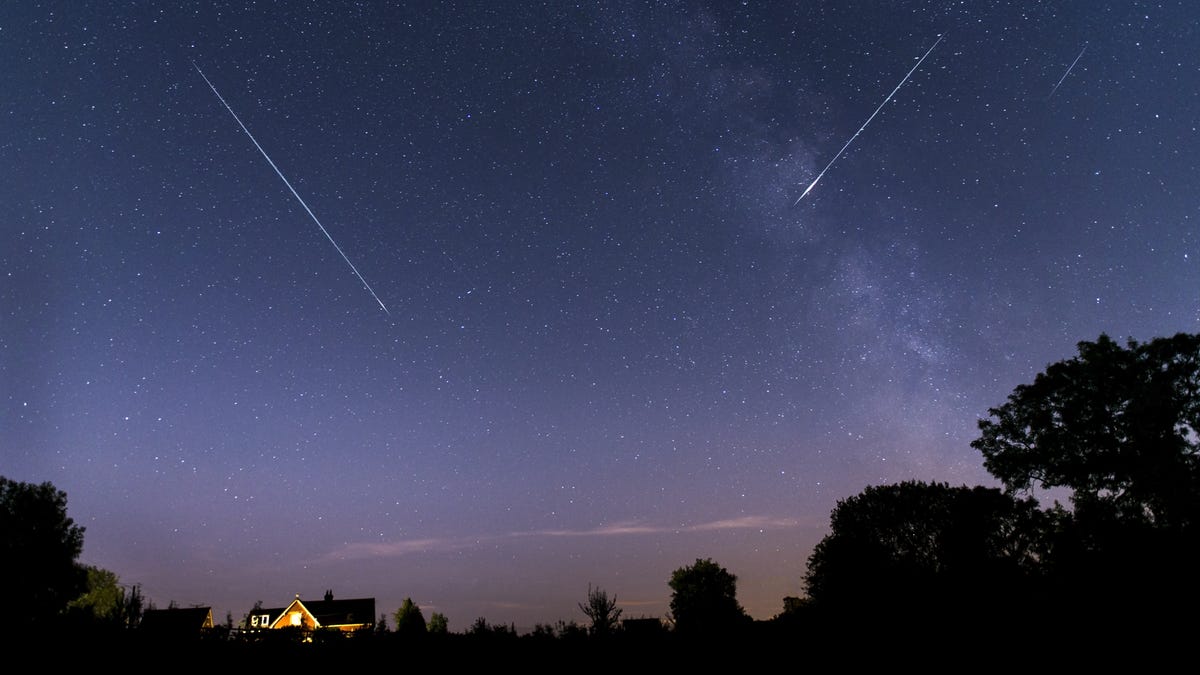[ad_1]
Small steps for Starlink, one giant leap for Astronomy.
Ever since SpaceX launched its first set of Starlink internet satellites into the sky in 2019, astronomers and enthusiasts have worried that it will ruin the night sky. Fortunately, SpaceX has now signed an agreement with the National Science Foundation (NSF) to reduce the effects of satellites on astronomy.
For those unfamiliar, Elon Musk’s company SpaceX runs Starlink, a collection of Internet-broadcasting satellites in low-Earth orbit. And while it does offer high-speed internet in areas that normally wouldn’t have it, there are plenty of satellites hovering in the sky.
We have seen various examples what happens to the view of a telescope when a satellite passes through it. You can find astronomers all over Twitter complaining about the situation and those “satellite trains” crossing the horizon. Fortunately, this latest news from the NSF confirms that the two are working on a solution.
“For astronomers, Elon Musk’s SpaceX Starlink is comparable to someone sneaking into your living room with a jar of fireflies and releasing them during the Game of Thrones finale.” – Professor Dunlap and Tap host Dr. Mike Reid gives us his roundup of space news. pic.twitter.com/9sXxI9rfPT
— Dunlap Institute (@DunlapInstitute) November 23, 2019
Various reports suggest that the FCC allowed SpaceX to launch approximately 7,500 Starlink satellites into orbit. However, the company is aiming to launch at least 30,000, if not more, and the FCC has told SpaceX to coordinate with the NSF before granting permission for the next license.
Well, that is precisely what just happened. According to the US National Science Foundation, SpaceX has promised to continue working on ways to make Starlink satellites invisible to the naked eye, make them no brighter than 7th magnitude, and reduce their effect on astronomical instruments.
Additionally, SpaceX has pledged to require observatories to turn off lasers when Starlink passes by and will no longer need those optical systems disabled. It’s worth noting that SpaceX said it will work to eliminate the impact of Starlink “to the extent possible,” so we’ll have to wait and see.
And finally, in a joint statement, the two said: “NSF and SpaceX continue to explore methods to further protect ground-based astronomy.” So it looks like Starlink will continue to launch satellites into the sky, expanding internet access to more regions while trying to keep the night sky beautiful and clear.
This is good news for astronomers, and if you want to see some stars, get a good telescope and enjoy the view.
through the registry
[ad_2]
